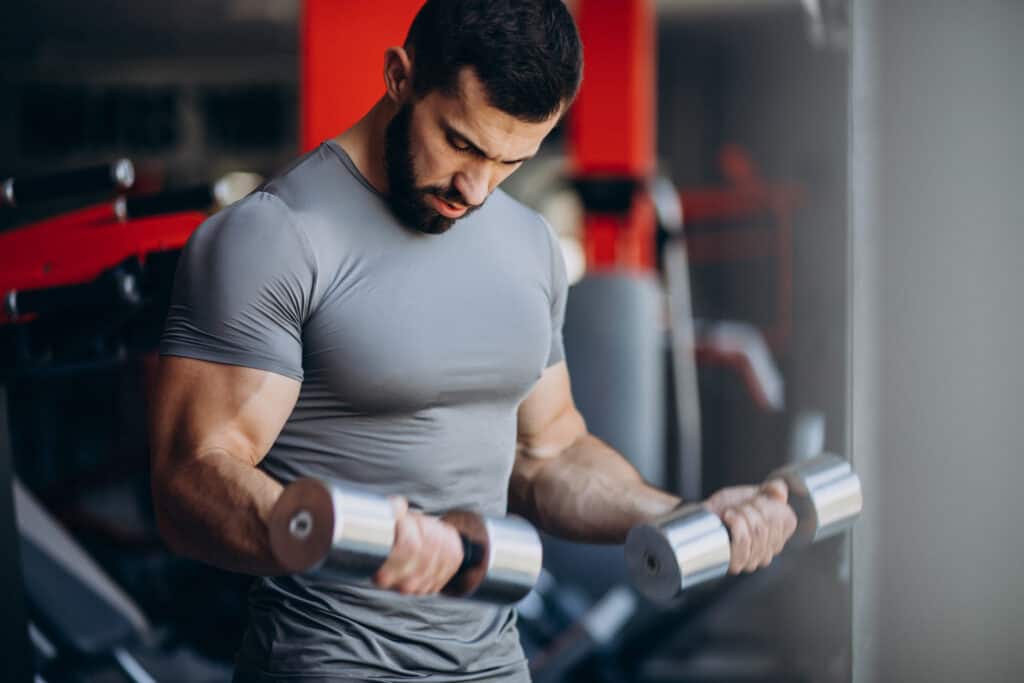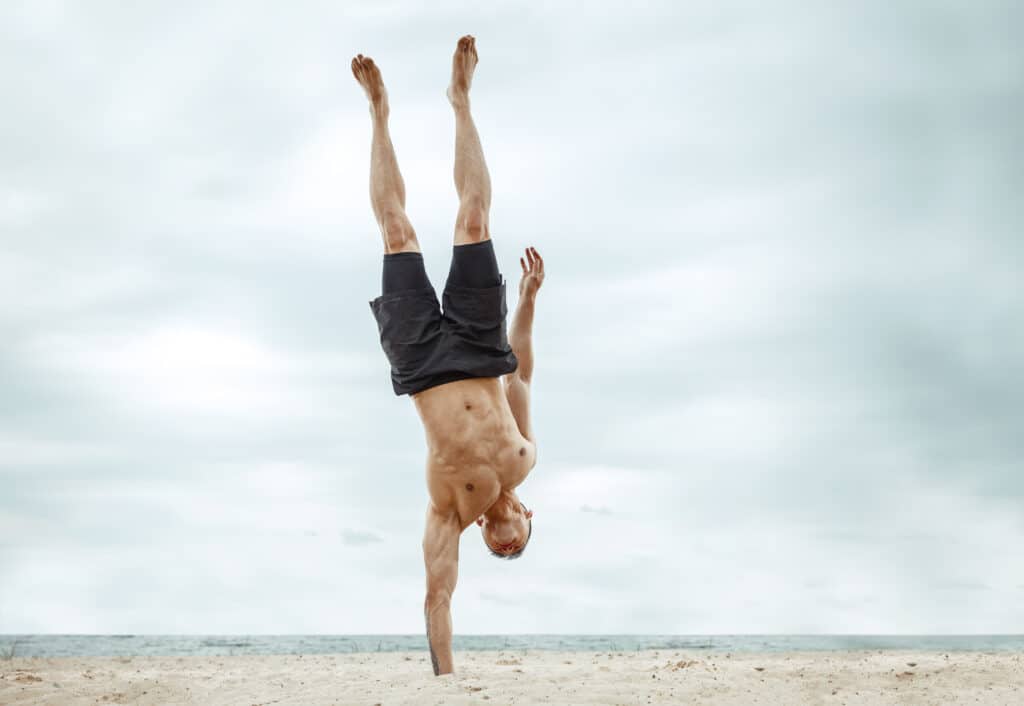We all have different needs when it comes to exercise and those needs continue to change as we age. When was the last time you really thought seriously about your exercise routine? More importantly, are you experiencing gains with the current program you’re on? Maybe gains came easy when you were younger. What worked once, however, for whatever reasons does not seem to work as good now.
Celebrate Your Success
First, celebrate your success for all that sweat equity. You have continued to exercise all these years and that’s a good thing even if – at times – it may not be as evident when you step onto your bathroom scale. Keep in mind, more than 30 percent of Americans do not exercise at all and only about 5 percent of the population exercises at what is considered a vigorous level. Approximately 69 percent of Americans are currently overweight or obese.
Use It Or Lose It
All the work you’ve put in has done wonders for your body, mind, and spirit. More specifically, it has helped maintain your strength and lean muscle levels. A loss of muscle tissue occurs, for those who do not exercise, at a rate of about half a pound a year or roughly 5 pounds per decade. As this happens, a few of the many by-products are loss of strength, power and balance.
The average person who does not exercise regularly, experiences an 8 percent drop in their strength level per decade. By the time someone reaches age 65 they have about 25 percent less strength compared to when they were 30 years old. On the aerobic side of things you lose about 10 percent of your aerobic capacity each decade after age 40. There is potential to lose as much as 25 percent of bone in both sexes, as a result of inactivity, sitting too much and menopausal changes in women. With all this decline comes balance issues and additional problems with functionality, that could ultimately lead to a loss of independence.
Write down what you and your body really need for the new 2024 year. What are you truly looking to accomplish with all the time you invest in yourself via exercise and eating healthier? You don’t own it until you write it down. So write down all of your short and long term goals.
Needs Assessment
Prior to beginning any type of exercise program, it is essential that you undergo a needs assessment. The goal of this analysis is to create clearly defined goals that will help you make the most progress from your training. Ask yourself, what does your body really need at this point in time? Maybe you need more mobility work and less pounding (running) or loading (lifting weights). You may have been doing a lot of strength or cardio work but how is your balance? When was the last time you treated yourself to a good massage or took a yoga class? Find out what you need (by testing yourself) and set a few short and long-term goals.
Test Yourself Periodically
Work with a coach and complete a fitness assessment to determine where you currently stand in the following areas (see below). Ask yourself: How do you judge improvement if you don’t measure it? Visit our Jefit Coach to help.
- Body Composition
- Strength
- Power
- Aerobic/Anaerobic ability
- Mobility
- Flexibility
- Balance

Exercise Program Design
This is where most of us get lost and end up wasting a lot of time. The first goal is to find out what’s tight and lengthen it and then what’s weak and strengthen it. This will ultimately help you move and lift better in the gym. The second goal is to move better, also known as movement competency. Once an individual can execute a movement efficiently with a full range of motion (that is unrestricted), like a Squat or Deadlift, then and only then should the volume (sets x reps x load) be increased. When someone cannot execute a particular movement pattern correctly, do not increase repetitions, the number of sets or especially the load. Anyone who is loading tight, stiff muscles is basically an accident waiting to happen, it’s only a matter of time until you’ll need to take time off! Focus on the primary movement patterns below using the “Big 6” as part of your primary strength routine and don’t sweat the small stuff.
- Squat
- Hip Hinge
- Carry
- Lunge
- Push
- Pull
Exercise Program Ad-ons
A well-designed exercise program should improve mobility, increase strength, power, improve cardiovascular fitness and more. A strength and conditioning program should change body composition by way of adding lean muscle tissue and decreasing body fat. Balance should also improve in addition to flexibility and mobility. You must add time to your workout though to address it. But you won’t know if you’re improving if you don’t periodically measure it. Has this been an issue for you?
HIIT
Focus on adding in a bout of sprint work to your weekly cardio routine. This should come in the form of high-intensity interval training (HIIT). A few examples would be sprinting, cycling or rowing. Place more emphasis on quality rather than quantity when doing HIIT and remember, the key is manipulating the intensity as you get better at it. Finally, focus on doing more mobility work each time you exercise and make it part of your recovery process on off days. These guidelines will help keep you strong and functional through the aging process.
Exercise Prescription Ideas
- Strength training (Big 6) 2-3x/week on average.
- Fitness: Elevate your heart rate 2-3x/week for 15-30:00 (wear a heart rate monitor). Add HIIT at least once a week.
- Power: work on vertical or horizontal jumping 1x/week (jump rope, box jumps, DOT drills, etc.)
- Add more mobility work (via movements and foam roller etc.).
- Baseline/Follow-up Assessment
- Try a Yoga or Tai Chi class
Stay Strong Together
The Jefit app continues to be named one of the best strength training apps as seen for 2024 by PC Magazine, Forbes, Garage Gym Reviews and many others. Jefit is a workout log app that helps you meet your fitness goals. By providing an extensive exercise library, you can pick and choose your workouts according to your goals. You can also join our members-only Facebook group where you can connect and interact with your fellow Jefit members. Share your successes, stories, advice, and tips so you learn and grow together.
- Fibermaxxing: Viral Nutrition Trend You Should Know - December 17, 2025
- Hybrid Metabolic Strength Training for Faster Results - December 10, 2025
- Why Lifters Choose JEFIT App for Real Strength Gains - December 3, 2025
